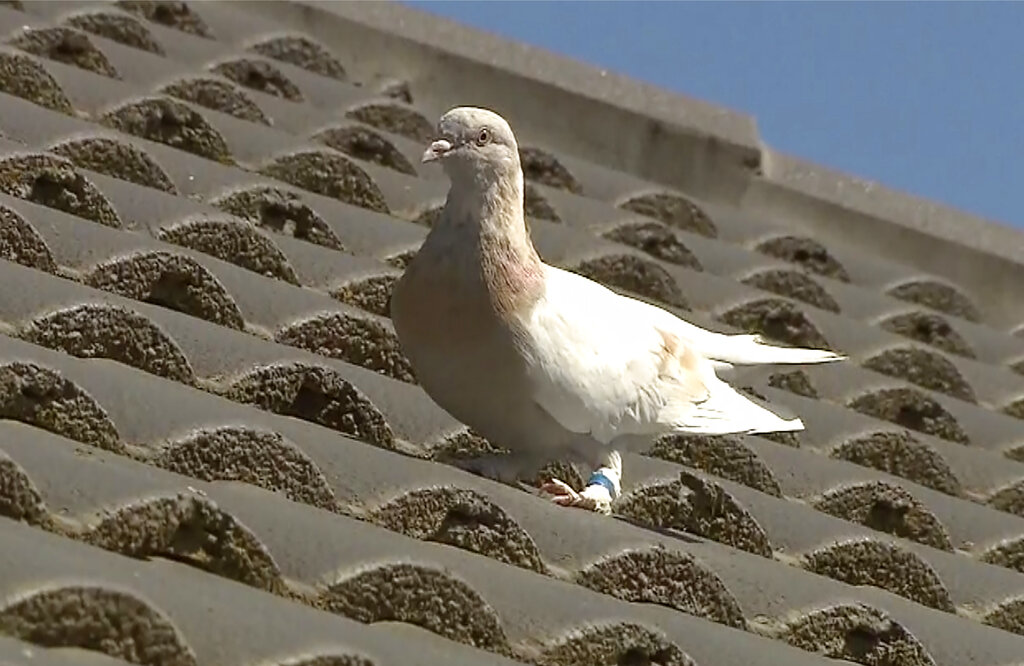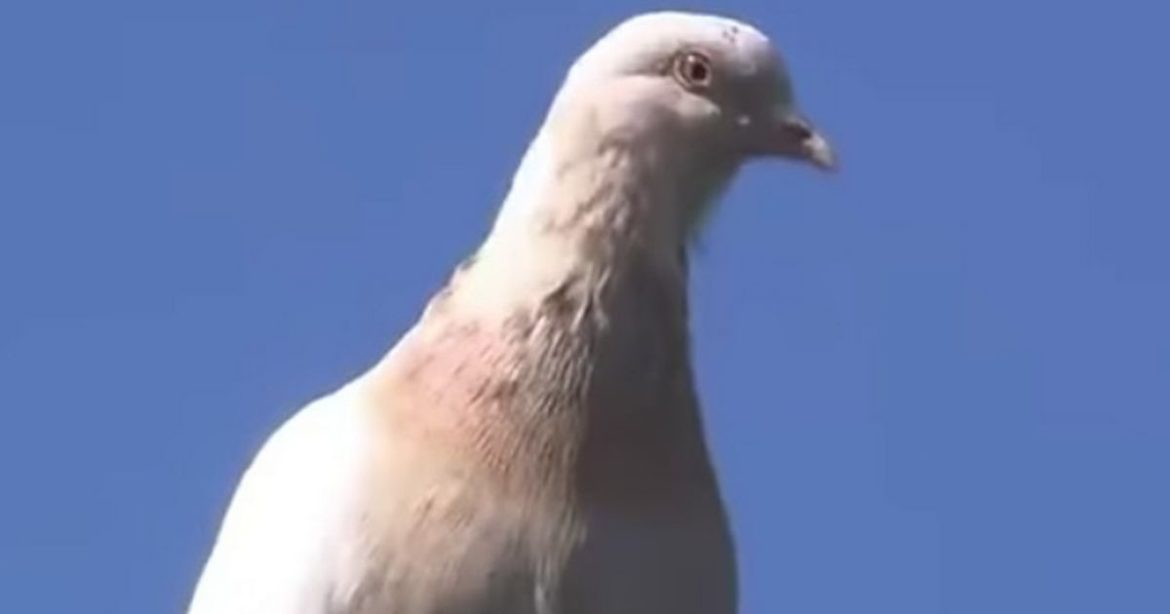A racing pigeon survived an extraordinary 13,000-kilometer (8,000-mile) Pacific Ocean flying from the United States to Australia, violating quarantine.
The written following written content by Rod McGuirk
(CANBERRA, Australia) — A racing pigeon has survived an extraordinary 13,000-kilometer (8,000-mile) Pacific Ocean crossing from the United States to find a new home in Australia. Now authorities consider the bird a quarantine risk and plan to kill it.
Kevin Celli-Bird said Thursday he discovered the exhausted bird that arrived in his Melbourne backyard on Dec. 26 had disappeared from a race in the U.S. state of Oregon on Oct. 29.
Experts suspect the pigeon that Celli-Bird has named Joe, after the U.S. president-elect, hitched a ride on a cargo ship to cross the Pacific.
Joe’s feat has attracted the attention of the Australian media but also of the notoriously strict Australian Quarantine and Inspection Service.
Celli-Bird said quarantine authorities called him on Thursday to ask him to catch the bird.

“They say if it is from America, then they’re concerned about bird diseases,” he said. “They wanted to know if I could help them out. I said, ’To be honest, I can’t catch it. I can get within 500 mil (millimeters or 20 inches) of it and then it moves.’”
He said quarantine authorities were now considering contracting a professional bird catcher.
The Agriculture Department, which is responsible for biosecurity, said the pigeon was “not permitted to remain in Australia” because it “could compromise Australia’s food security and our wild bird populations.”
“It poses a direct biosecurity risk to Australian bird life and our poultry industry,” a department statement said.
In 2015, the government threatened to euthanize two Yorkshire terriers, Pistol and Boo, after they were smuggled into the country by Hollywood star Johnny Depp and his ex-wife Amber Heard.
Faced with a 50-hour deadline to leave Australia, the dogs made it out in a chartered jet.
Pigeons are an unusual sight in Celli-Bird’s backyard in suburban Officer, where Australian native doves are far more common. Read more from Time.





